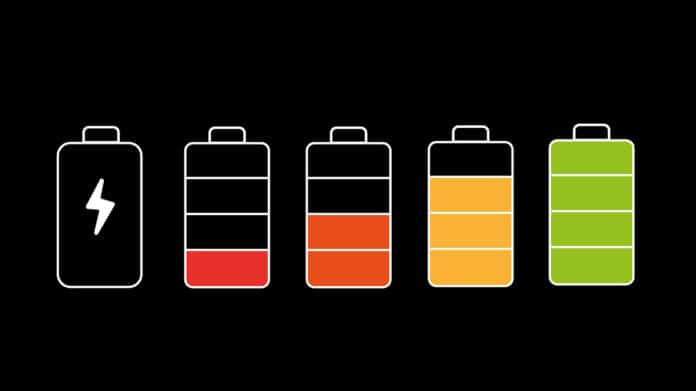Improving the performance of lithium-ion batteries becomes essential with rising interest in backup power, solar power storage, and electric vehicles. Now it becomes easy to measure battery performance, thanks to the development of a new method by the Berkeley Lab team.
Measuring battery performance is not an easy task. Scientists need to test new materials to improve battery performance. Also, this task is expensive and time-consuming as well.
When testing materials to improve charging speed, different portions of electrodes have other local states of charge and age at varying rates, so spatially averaged chemical information provided by existing battery diagnostic tools is insufficient for understanding the degradation of lithium-ion batteries.
The method involves using thermal waves to measure local lithium concentration as a function of depth inside battery electrodes.
This new approach is called an “operando” technique that works when a reaction takes place. The thermal wave sensing provides spatial information of lithium concentration comparable to experimental results using synchrotron X-ray diffraction.
Ravi Prasher, who led the study, said, “With our technique, you take a battery, and you put the sensor on top of the battery. The sensor sends a signal and depending on the signal frequency, you can change how deep the wave will penetrate. That way, you control the depth of penetration. It’s much cheaper and faster than other diagnostic procedures and provides a cheap and faster way to measure battery characteristics.”
“We are now testing the procedure at the lab scale, and the next step will be testing commercial batteries.”
Sean Lubner of the Energy Technologies Area said, “This work shows the strength of interdisciplinary science. The project combines techniques and insight from the thermal and electrochemistry communities to achieve a capability that would not have otherwise been possible.”
Journal Reference:
- Yuqiang Zeng et al. Operando spatial mapping of lithium concentration using thermal-wave sensing. DOI: 10.1016/j.joule.2021.06.008
